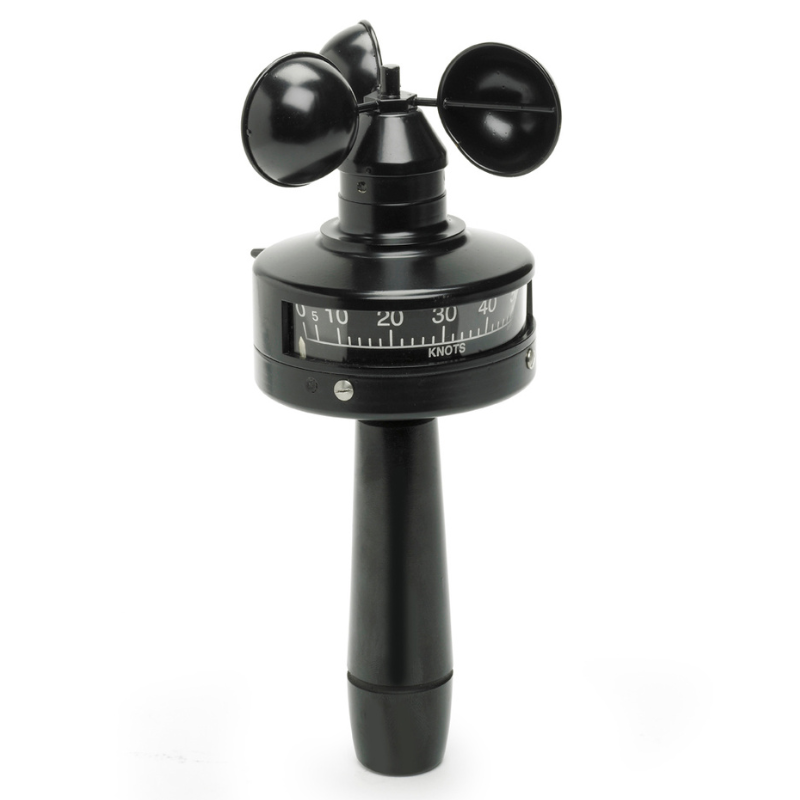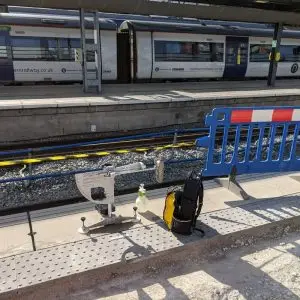As a business, you have a legal requirement to conduct a risk assessment. If you have fewer than five employees, you don?t need to actually write anything down, although your duty of care for employees and members of the public means you should still conduct regular risk assessments nonetheless.
The thought of conducting a risk assessment may be daunting, but they?re not about creating mountains of paperwork. The notion behind risk assessments is really quite simple; a risk assessment is merely the process of identifying potential risks and putting measures in place to reduce them. Nor are risk assessments about creating lots of work; in reality you are probably doing everything you can to prevent slips and trips anyway, but a risk assessment will help you check that you?re definitely covering all bases.
Here are some of the key steps involved in conducting a floor risk assessment.
- Assess the condition of your floors
The first step is to assess the condition of your floors. Ask yourself some of the following questions: Are your floors uneven? Are tiles or carpet coming up at the edges? Do they get wet? Are your floors dirty? Does your lighting obscure spillages? You?re basically looking for anything which could be a potential hazard and cause someone to slip or trip.
- Think about who might be harmed
Think about who is at risk and how they might be harmed. Obviously your employees will be central here but try to categorise them into groups as some employees might be more at risk than others i.e. pregnant workers, older workers, factory floor verses office staff etc. There may be differing footwear involved too. Don?t forget to consider everyone else who visits your premises too including members of the public, contractors, maintenance workers and delivery couriers. It?s often a good idea to ask your employees if they can see potential risks as they?re in the heart of the day-to-day operations and might be able to highlight risks that you?ve overlooked.
- Consider the risks and put measures in place to reduce them
You?ve identified the possible hazards which could cause slips and trips, now it?s time to think about what measures could be put in place to reduce them. Do you conduct regular inspections of your flooring to ensure it?s up to scratch? Is your flooring suitable for the nature of the work you do, or should more suitable coverings be considered? Do you have cleaners to thoroughly clean your flooring, particularly high traffic areas, to avoid contamination? Perhaps you need to re-consider your lighting if it obscures spillages? Spot lighting and high gloss tiles look great in reception entrances but they?re not always practical. Maybe you should think about adding matting to your doorways if you haven?t already done so.
- Record your findings
Once you?ve completed your slip risk assessment, you must by law, record your findings. HSE suggest keeping things simple so you can easily manage the risks in your business; simply state the risks you highlighted and your conclusions for managing those risks. For example ?contaminated entrance halls ? cleaned twice daily?, ?substances present in warehouse ? anti slip work boots provided for all warehouse employees?.
- Review your risk assessment and update if necessary
Workplaces are constantly changing and therefore, so are the risks. Ensure you review your risk assessment regularly and highlight any new hazards, for example, have you replaced your flooring since your last assessment? Has your cleaning schedule been changed? Have you had a high staff turnaround resulting in a large re-training operation? Highlight any improvements yet to be made from your previous risk assessment and consult your employees to see if they have uncovered any more potential risks.
As part of your risk assessment, why not conduct floor slip testing? An impartial floor tester will test your floors to ensure they meet HSE standards and are up to the job. If not, they?ll be able to impartially suggest measures to put in place such as deep cleaning and anti-slip treatments to eliminate risks. For further information about slip testing as part of your risk assessment, contact us today for a chat.






